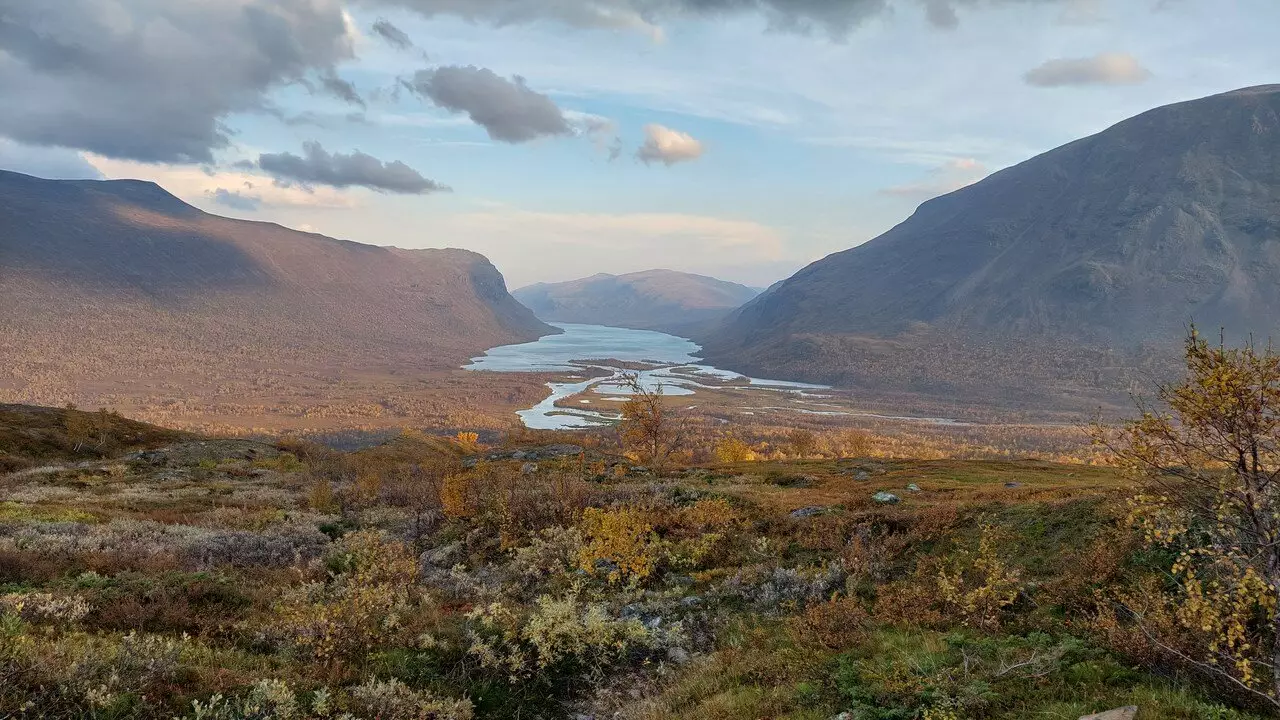The connection between inland waters and climate change has often been underappreciated in environmental assessments. Emerging research from Umeå University highlights a crucial aspect of the carbon cycle that has largely been ignored—namely, the significant release of greenhouse gases from lakes, rivers, and streams. As climate phenomena escalate, particularly in cold regions and at higher elevations, understanding these carbon emissions become vital for accurately assessing their impact on global climate patterns and the health of terrestrial ecosystems.
Rapid Warming in Vulnerable Ecosystems
Cold regions of the world—particularly those in the northern latitudes and high elevations—are experiencing unprecedented warming rates. This warming is occurring at a pace up to four times that of the global average, which drastically alters the ecosystem dynamics present in these regions. The melting of ice and thawing of permafrost are among the primary concerns, as they release stored carbon into the atmosphere, contributing to the greenhouse gas emissions that exacerbate climate change. This release isn’t just a local problem; it has far-reaching consequences that extend beyond the immediate vicinity and can significantly impact global climate patterns.
Current climate assessment models and research methodologies tend to focus primarily on land-based carbon emissions and sequestration. This focus often neglects the integral role that inland waters play in the carbon cycle. As Jan Karlsson, a notable professor at Umeå University, emphasizes, the available data and research methods fail to capture contemporary and future carbon flows effectively. This oversight is particularly troubling given the substantial carbon transfer that occurs from terrestrial systems to inland waters, which is key to understanding the full picture of carbon cycling and emissions dynamics.
The collaborative research led by Chunlin Song of Sichuan University and Jan Karlsson underscores the importance of a more integrated assessment of greenhouse gas emissions from northern freshwater bodies. By analyzing emissions from over 3,000 lakes and rivers throughout the Northern Hemisphere, the findings suggest that these aquatic ecosystems could contribute significantly to greenhouse gas emissions, potentially undermining the carbon uptake benefits offered by surrounding terrestrial ecosystems. It has revealed that emissions from rivers are particularly pronounced in permafrost-rich regions, raising immediate concerns about the implications of climate change on these carbon reservoirs.
One of the most alarming revelations from the recent studies highlights that the thawing of permafrost can release significant amounts of previously trapped carbon. As global temperatures rise, vast areas of formerly frozen ground are no longer stable, leading to further carbon discharge into the atmosphere. This process creates a feedback loop where climate change begets further climate change—a scenario that complicates current attempts to mitigate greenhouse gas emissions on a global scale.
The complexities of the land-water carbon cycle necessitate a multifaceted approach to research. Karlsson advocates for collaborative studies that bridge different scientific disciplines to better understand the interactions between terrestrial and aquatic systems. This collaborative methodology should also encompass improved research infrastructures and educational programs designed to enhance our collective understanding of these dynamics. Researchers, policymakers, and educators must work hand-in-hand to get a clearer picture of the contributions of inland waters to greenhouse gas emissions.
The implications of these findings are profound. As the world grapples with the realities of climate change, the role of cold regions and their inland waters must be reassessed and prioritized in global climate models. The synergy between land and water ecosystems is complex and crucial, and it cannot be ignored if we are to combat the accelerating impacts of climate change. An interdisciplinary approach to research and policy solutions is vital for crafting effective strategies to mitigate the potentially catastrophic outcomes that lie ahead. The time for a more comprehensive understanding of our planet’s carbon dynamics is now.


Leave a Reply